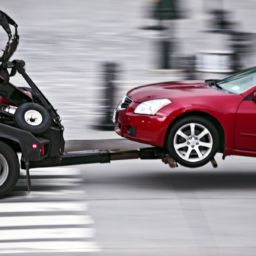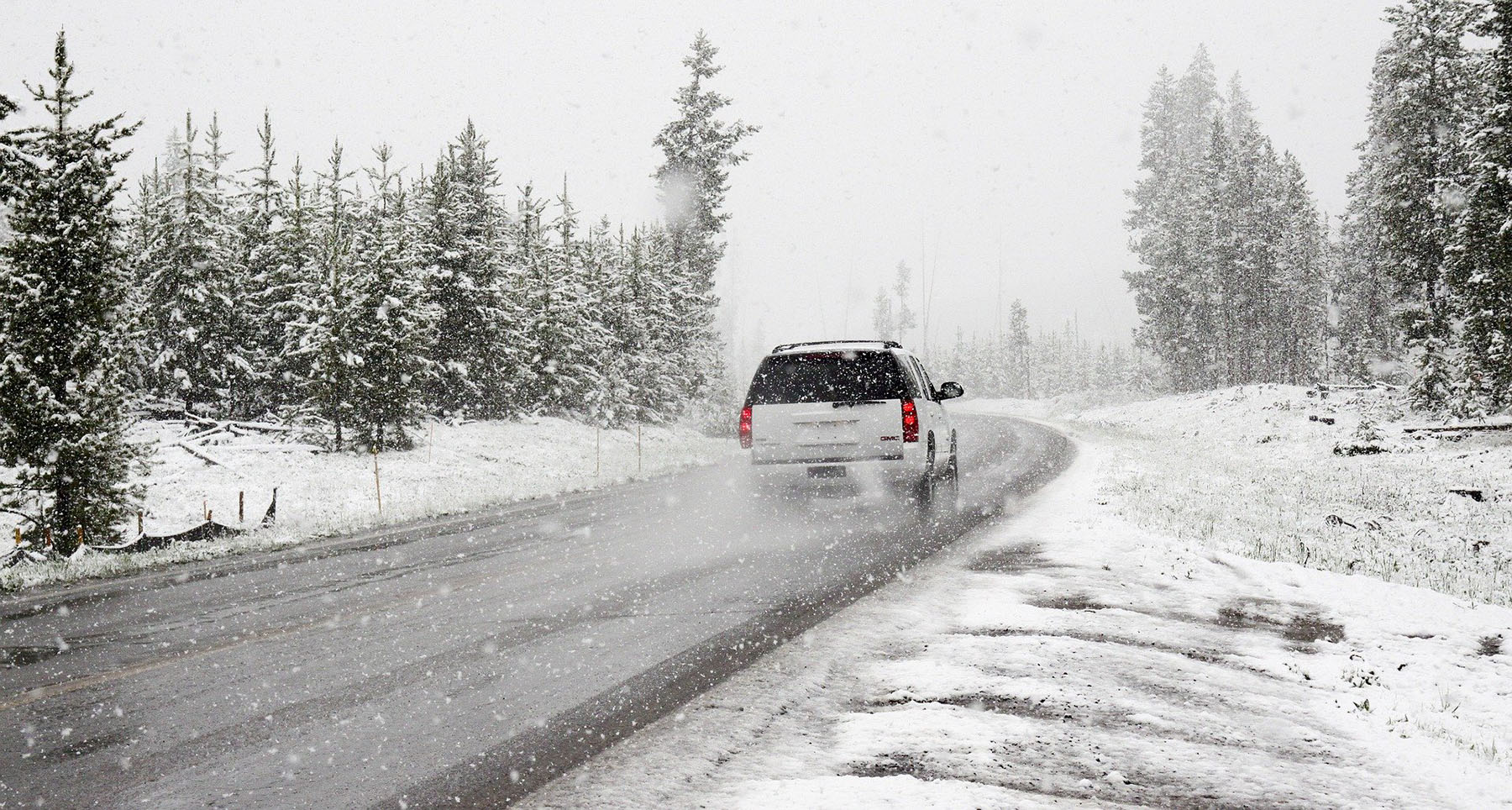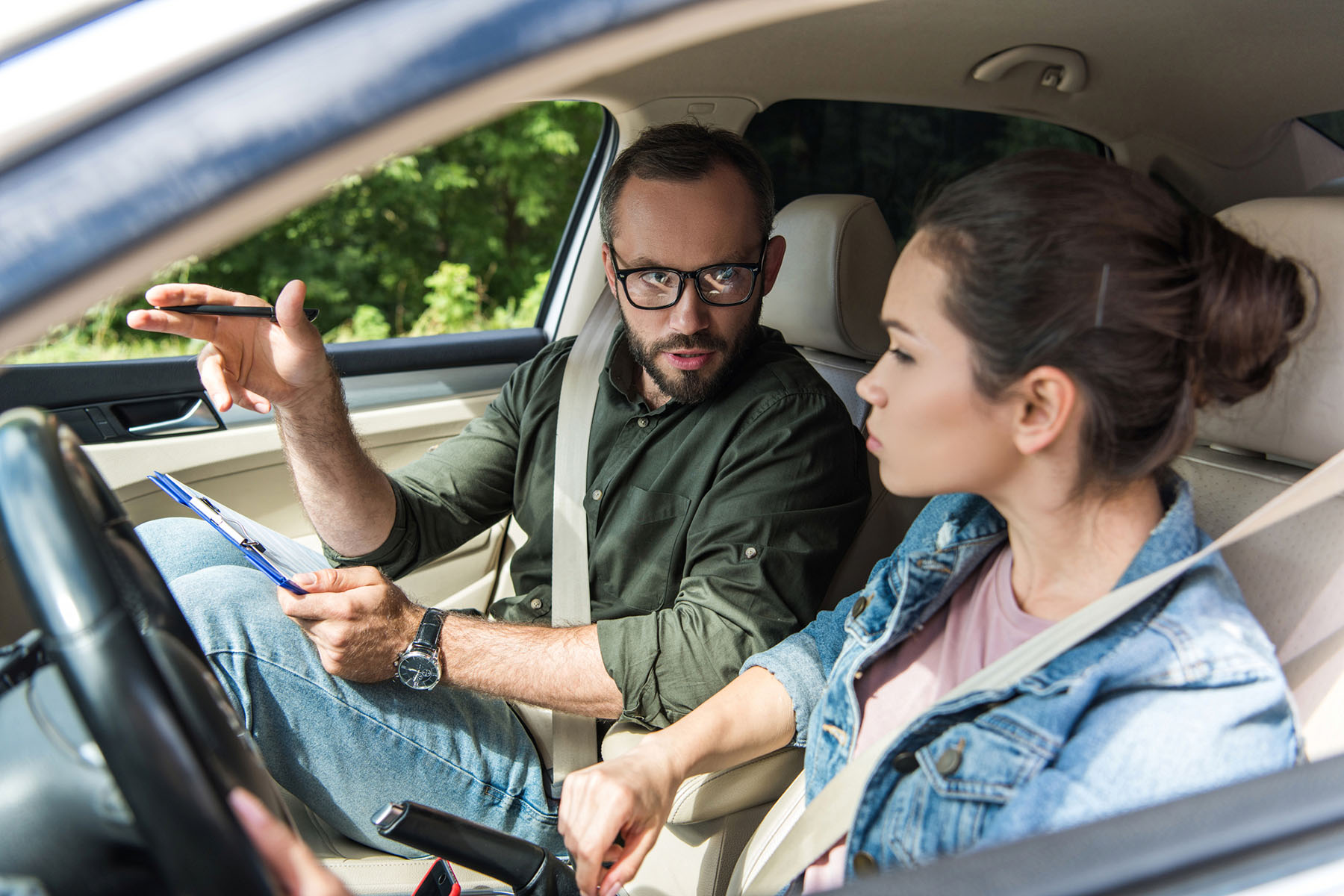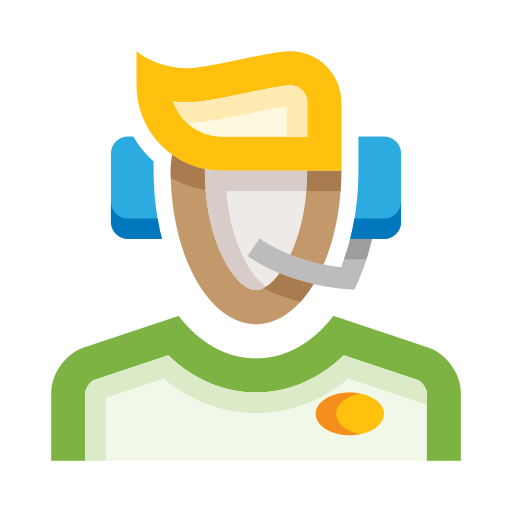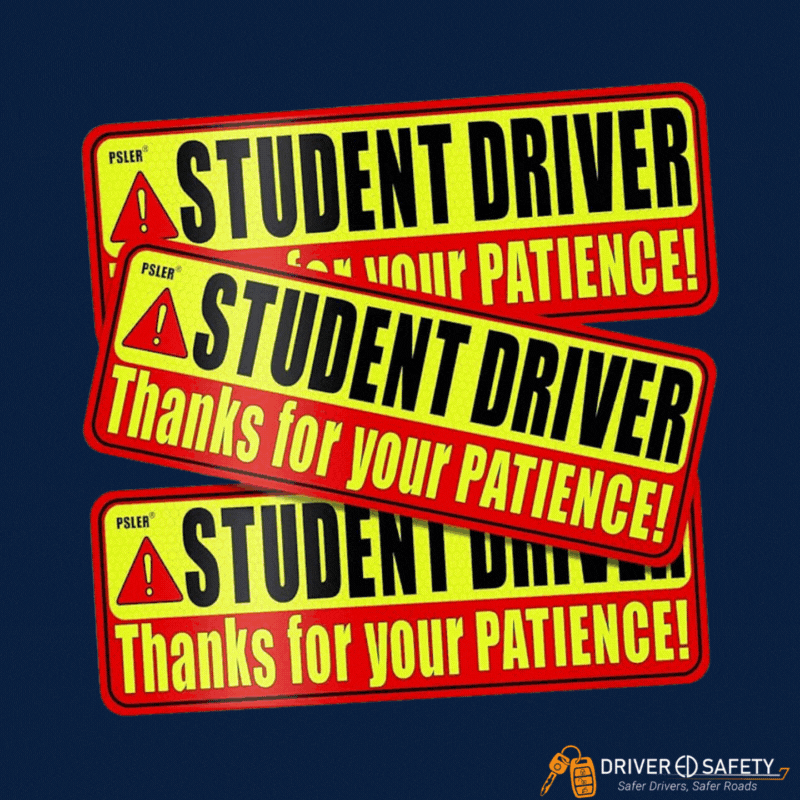
As you’re driving, you arrive at a stop sign. Putting your foot on the brakes, the vehicle should be fully stopped for three full seconds before scanning the road and safely continuing on your way. While this may seem obvious, often, drivers cut corners to save an extra second on the way to their destination. Choices like that can lead to dire consequences, such as a collision or a ticket. It’s always the smartest choice to follow the rules of the road, and sometimes, people need to be reminded of that.
This week is National Stop on Red Week. This week-long event gives us all the chance to bring awareness to the importance of fully stopping at red lights and stop signs, making the streets safer for everyone. Stop on Red Week was created by the Federal Highway Administration in 1995 to reduce the frequency of traffic collisions by educating the public on the extreme risks of failing to adhere to the law. This year, we are observing Stop on Red Week from August 4th through August 10th.
In an effort to highlight Stop on Red Week, we are sharing some guidelines on how you can do your part in following driver safety rules and keeping others, and yourself safe while on the road.
Eliminate Multitasking
Many drivers like to think of themselves as multitaskers, but they’re really just increasing their risk of an accident. Manual distracted driving takes one or both of your hands off the steering wheel, which means eating, texting, and talking on the phone while driving is ill-advised. Being distraction-free with both hands on the wheel allows you to react quickly to obstacles you’ll likely encounter while driving and adjust to the road when needed.
It’s expected to run into traffic, construction, weather, or just having to stop quicker than initially expected at a red light. It’s imperative to navigate these situations quickly, which you won’t be able to do if distracted by a phone or without your hands on the wheel.
Three-Second Stop
We all know that running a red light is extremely dangerous, but drivers tend to get a little too comfortable when it comes to complying with stop signs. The bottom line is that red means stop—whether that’s a red light or a stop sign. It doesn’t matter if you’re approaching a two-way stop or a four-way stop; rolling stops don’t count! When approaching a stop sign, remember to count to three after you stop, take a moment to your left, then right, and then proceed on your route. If your tires don’t come to a complete standstill, it’s not a true stop. Do your part in being a defensive driver. Even when you’re in a hurry, taking three extra seconds to stop is well worth it.
Leaving Room Between Vehicles
Often, another oversight when stopping at red lights is leaving enough room between your vehicle and the one in front of you. While not illegal, scooting right up to the vehicle in line in front of you is considered rude and dangerous. It increases the risk of a collision, removes the opportunity for maneuvering in case of an emergency, and hinders both drivers’ visibility on the road. A standard rule to follow is stopping while you can still see the bottom of the rear tires touching the road.
Speak Up!
Nobody likes a backseat driver, but it’s good practice to still pay attention to the road as a passenger. After all, a second set of eyes doesn’t hurt. As a passenger, you need to respect the driver and trust that they can get you from point A to point B safely, but every now and then mistakes happen. If you have any doubts that your driver saw a road sign or incoming red lights, speak up. Communication is key, and in the chance that your driver was distracted and missed it, they’ll be happy you warned them.
Learn How To Drive Safer With Driver Ed Safety
Although Stop on Red Week is only one week per year, we urge you to utilize these pointers every time you get behind the wheel. At Driver Ed Safety, we use foundational concepts to help students develop effective defensive driving and behavioral patterns using foundational concepts. Follow us on social media to stay informed about driving tips, or register for our Behind the Wheel driving course.


